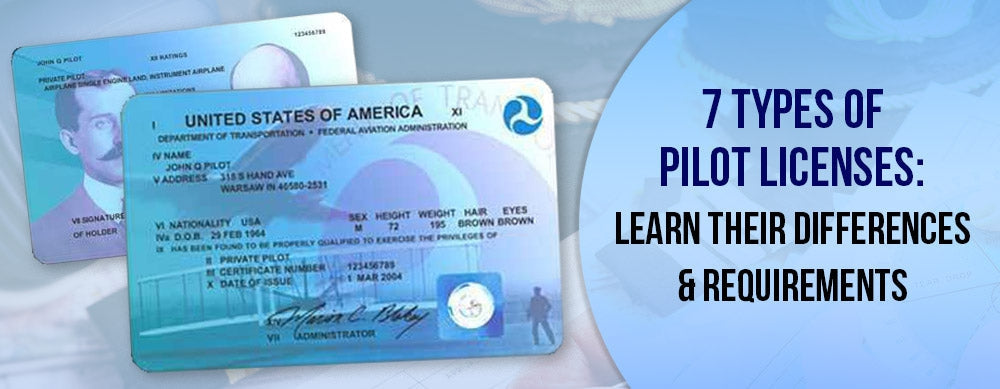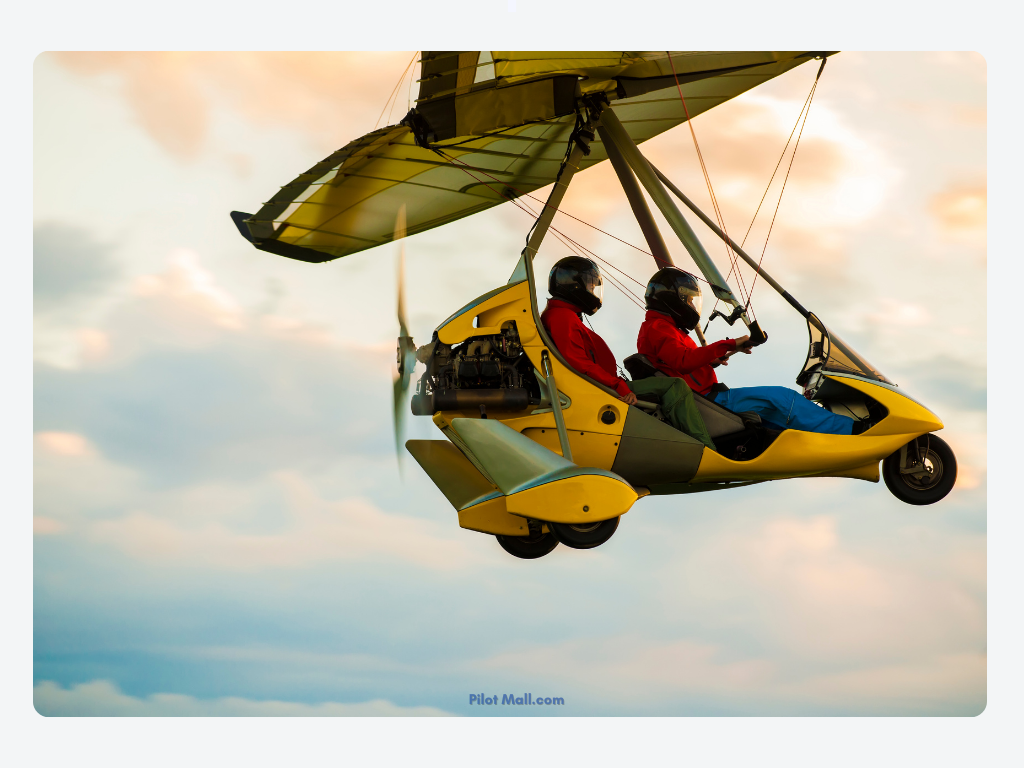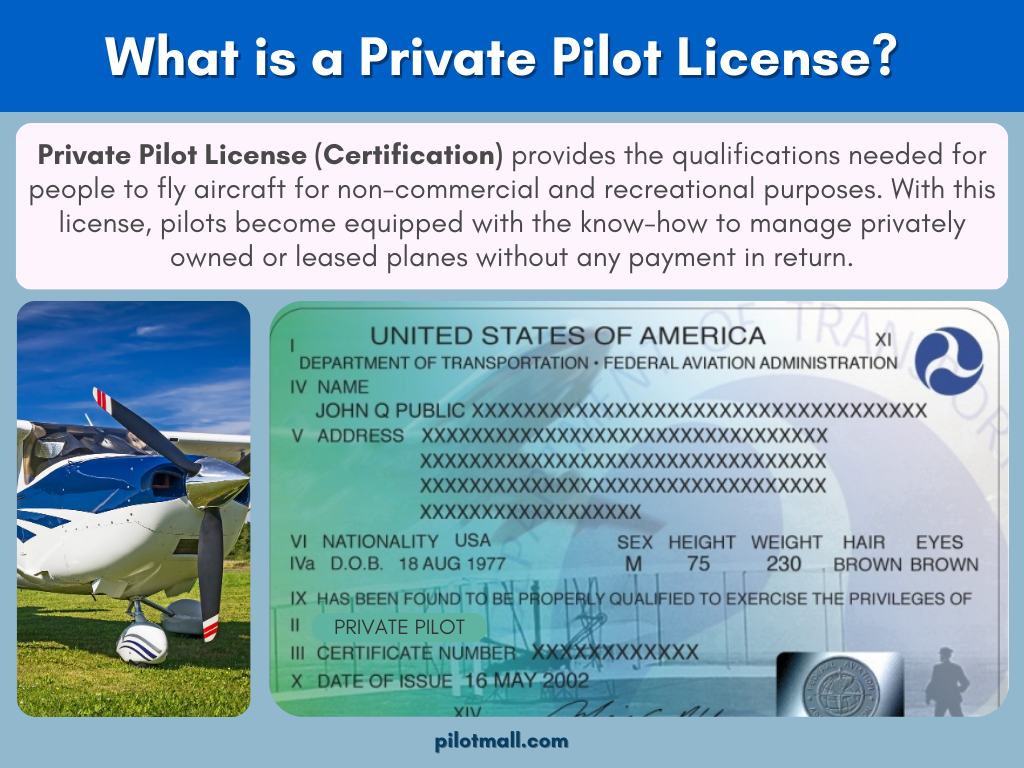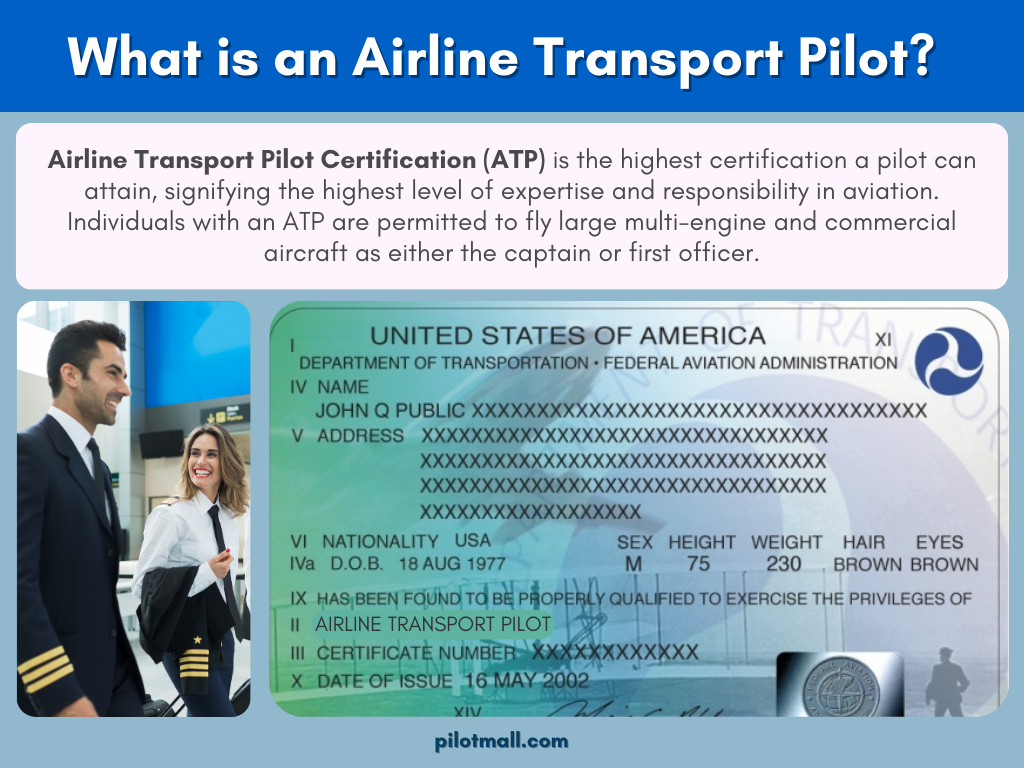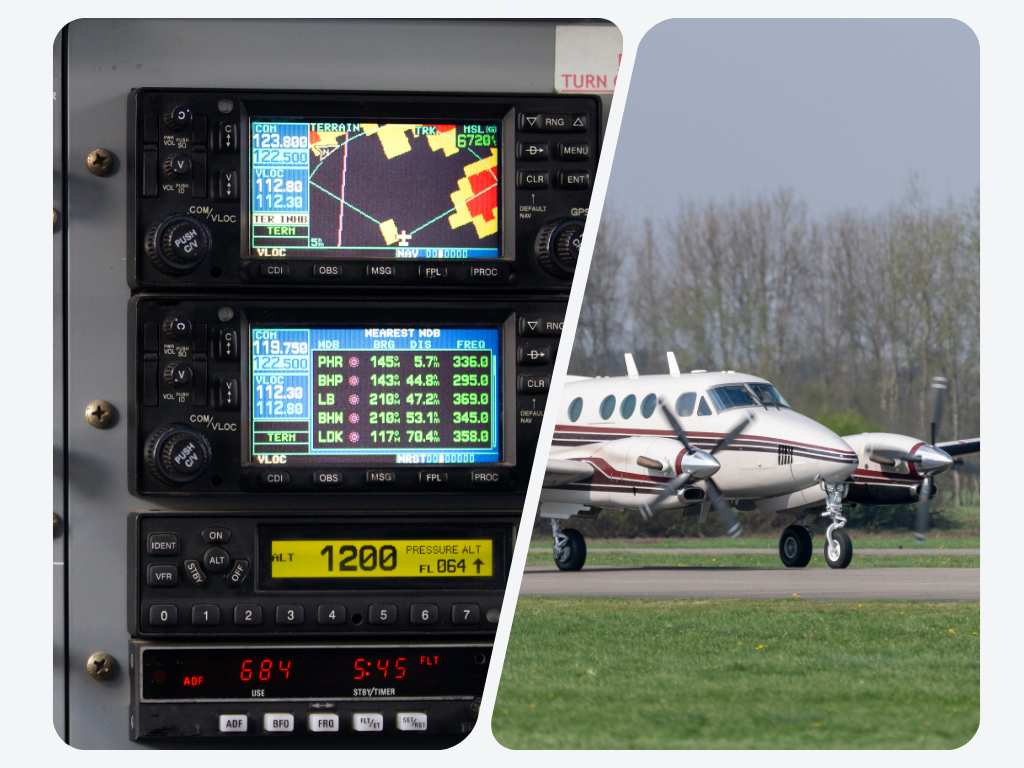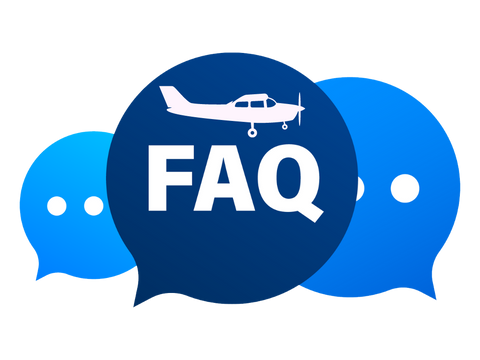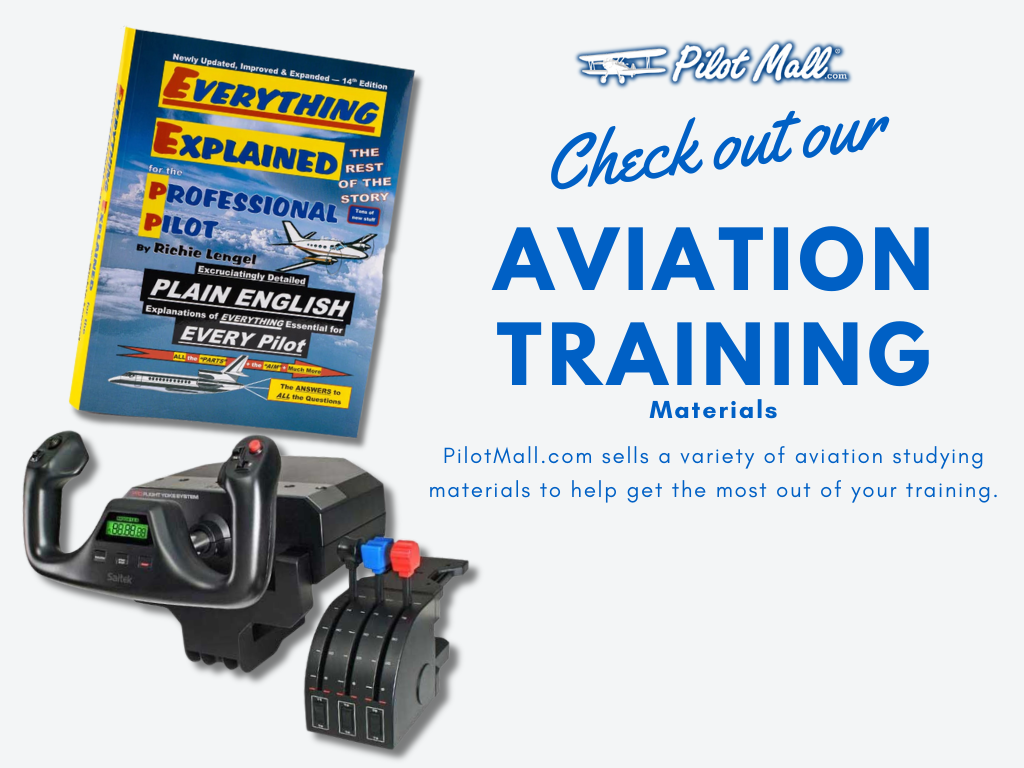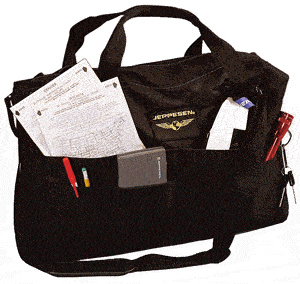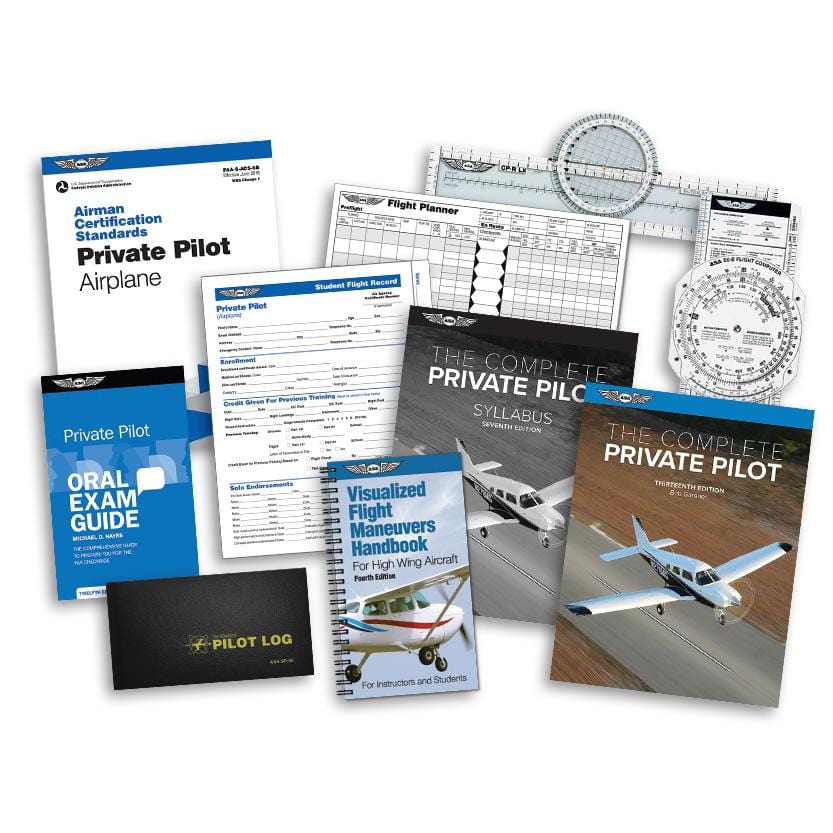We know that it can be overwhelming at first to figure out which license is the best beginning or end goal based on your dreams for your future. That's why we've put together our comprehensive guide on pilot certificates and licenses!
If you've ever been curious about the exciting world of aviation, the various types of pilot certificates, and the requirements to earn them, you've come to the right article.
Whether you're dreaming of taking to the skies or simply looking to expand your knowledge of aviation certification, we're here to unmask the process.
Join us as we explore the different certification levels, the flight hours needed, and the nuances of each license.

Is There a Difference Between a Pilot License or Certificate?
Let's shed some light on the terms that might sometimes confuse us all. While both terms "certificate" and "license" are commonly used in the aviation world, the distinction between them is becoming more critical.
Lately, the Federal Aviation Administration (FAA) has been working diligently to make things clearer, they've decided to use the term "certificate" instead of "license" when it comes to various documents, including those related to space travel.
The term "certificate" is even used on the card they now issue that lists your certificate number.
However, these two word can and have been used interchangeably. If you tell another pilot that you have your student pilot certificate or your private pilot license, most pilots will not correct you on the terms you use.
The main thing is the recognition of your qualifications from the Federal Aviation Administration in the form of receiving your card and verifying documentation.
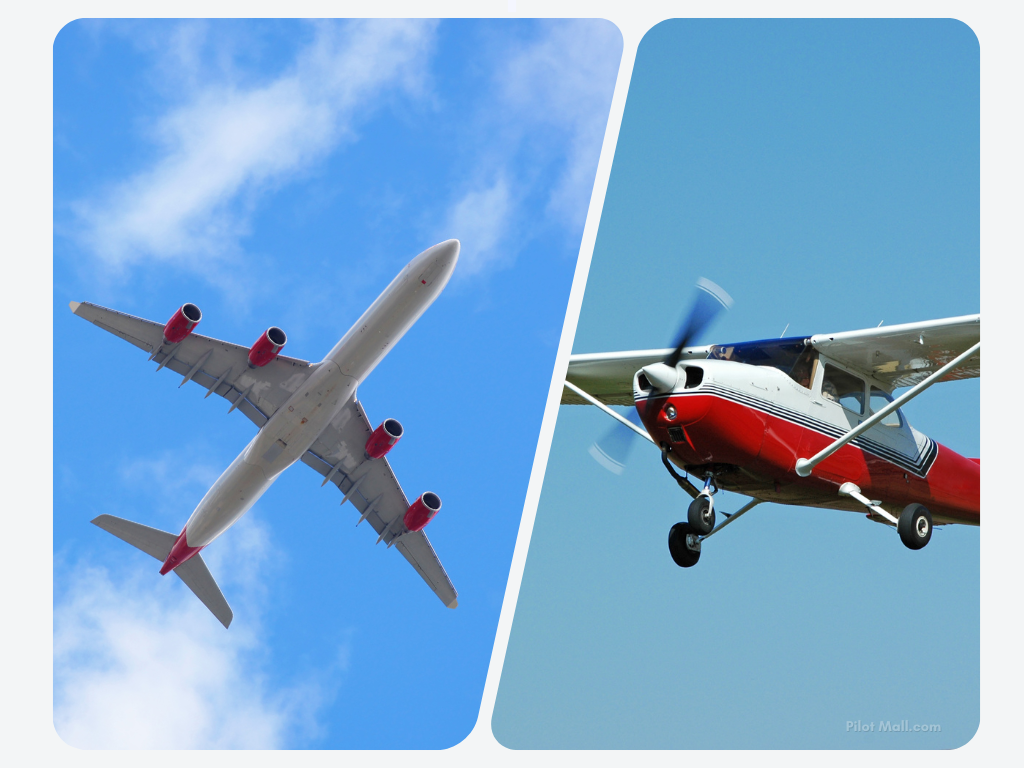
Different Types of Pilot Licenses (Certificates)
Pilot certificates come in various forms, reflecting diverse interests and aspirations within the aviation community. These certificates categorize pilots into different types based on their level of experience and the aircraft they are qualified to fly.
To earn a pilot certificate, an aspiring pilot must accumulate a specific amount of flight hours and pass rigorous practical tests, showing their ability to safely operate aircraft within their chosen category.
Whether it's a sport pilot certificate for those who enjoy flying light-sport aircraft or an airline transport pilot certificate for those aspiring to captain large commercial jets, there is a certificate tailored specifically to match a pilot's expertise and goals.
Each type also aligns with distinct aircraft categories, everything from small, single-engine airplanes to multi-engine aircraft, rotorcraft like helicopters, and even seaplanes.
As a pilot advances in their skills and experience, they can pursue additional certificates to expand their qualifications. The inspiring world of aviation offers a multitude of pathways to explore.

Student Pilot
A student pilot certificate is both a card and a document issued by aviation authorities to individuals setting out on their journey into the world of aviation as student pilots.
This certificate represents an important step in the pursuit of a pilot's license.
Goal-driven aviators who enroll in flight training programs at accredited flight schools can receive this credential, which helps to give them the legal authorization to take the controls of an aircraft under the supervision of a certified flight instructor.
During this initial phase of pilot training, student pilots learn the fundamental principles of aviation, gain hands-on experience, and gradually build their aeronautical skills.
The student pilot certificate, often referred to as a student pilot license, serves as proof of eligibility for flight training activities, marking the inception of an exciting and challenging marathon toward becoming a licensed pilot.
Cost
-
$70-$200 (Medical certificate)
The FAA does not charge for the application, however, to qualify for a student pilot certificate, you will need to pass the medical requirements, using either your diver's license(for a sport pilot certificate) or a third-class medical (for private or a recreational pilot certificate)
Time
-
3 weeks (approximately)
You will need to schedule a medical appointment with an FAA Aviation Medical Examiner (AME), and apply on the Integrated Airman Certification and Rating Application (IACRA) for your certificate. It can take approximately 3 weeks or more to receive your certificate.
Minimum Age:
-
14 (only for a glider or balloon)
-
16 (for other aircraft types)
Medical:
-
You will be required to pass at minimum a third-class medical, excluding sport pilots.
Limitations:
-
Cannot fly alone(until approved for solo flight)
-
Cannot fly with passengers other than a flight instructor.
Sport Pilot
If you've ever dreamed of soaring up in the skies, the Sport Pilot Certificate is a great way to start!
It provides an affordable and relatively quick entry into aviation while allowing pilots to fly light sport aircraft, both factory-built and home-built.
With this certificate, you can experience the joys of aviation without needing to shell out a lot of money or time. Plus, if you decide that you want to explore further—and even fly larger aircraft—there’s a path for you to make it happen, with a private pilot certification.
Talk to a flight instructor about your budget and future goals and see if being a sport pilot works for you.
Cost:
-
Low: $6000
-
High: $10000
Time:
-
2-4 weeks
A sport pilot certificate can be obtained in as little as 2 weeks' time, however, it might take more time depending on when a practical exam can be scheduled and based on the capabilities of the pilot.
Minimum Age:
-
16
Medical:
-
All that is required is either a driver's license or Basic Med.
Minimum Hours:
-
20 hours - 15 hours of training, 5 hours of solo flight
Limitations:
-
Can only carry 1 passenger
-
Cannot fly at night
-
Cannot receive payments
-
Restricted to flying only Light Sport Aircraft(LSA)
Recreational Pilot
If you're looking for a pilot license that will get you in the air and fly fast and affordably, then a recreational pilot certification might be just the thing you need.
This certification requires a lower minimum flight hour requirement compared to more advanced certifications, making it a great option for those who want to engage in leisurely flying activities.
Recreational pilots with this certificate can operate specific categories of light, single-engine aircraft for non-commercial purposes, typically these have a restriction on the number of passengers, flight distance, and certain flight conditions.
This is the perfect way to enjoy life above 1000 ft. Not only is it an affordable start for anyone eager to take flight, but you’re also sure to find a great sense of joy and satisfaction from your experience.
Cost:
-
Low: $10,000
-
High: $12,000
Time:
-
1-2 months
This type of certification can be obtained in as little as a month depending on a pilots capability to learn and pass the written and practical exam. While 30 hours is the minimum, most pilots end up needing closer to 40 hours of experience before passing the checkride.
Minimum Age:
-
16
Medical:
-
Requires at minimum a third-class
Minimum Hours:
-
30 hours - 15 hours instructed, 3 hours solo, 2 hours of instruction to airport 25NM from the home airport
Limitations:
-
Can only carry 1 passenger
-
Cross-country flights are limited to a 50NM range (unless endorsed for otherwise)
-
No night flights
-
Cannot receive payments
-
No flying into airspace where communications with ATC are required
Private Pilot
The Private Pilot Certification(License) is a comprehensive set of qualifications that allow the pilot to operate a large range of aircraft for personal and recreational purposes.
There is a lot of training involved with getting this license, including flight hours, ground instructions, exams, and making sure pilots are fully skilled and knowledgeable to safely fly and own(or rent) aircraft,
A Private Pilot Certificate is the foundation for pursuing a career in aviation, allowing pilots the confidence and freedom to explore the skies.
Cost:
-
Low: $15,000
-
High: $24,000
Time:
-
6 months - 1 years
While the minimum is 40 hours, the typical amount of time needed ranges from to 40-70 hours for most pilots to have the proficiency, skill, and knowledge to pass the practical exam. This is where legal requirements versus a pilot's capabilities to learn and pass tests come into play.
Minimum Age:
-
16
Medical:
-
Requires at minimum a third-class, or Basic Med
Minimum Hours:
-
40 hours - 20 hours instructed, 10 hours solo,
Limitations:
-
Cannot receive payments
-
Needs endorsements for high-performance(and/or complex) aircraft
-
Will need additional ratings to fly in IMC/IFR weather conditions and Multi-engine aircraft
Commercial Pilot
Commercial Pilot Certification, often known as a commercial pilot license, is a more advanced qualification that provides the privilege for commercial pilots to fly aircraft for compensation or hire.
Pilots who manage to earn this esteemed license have successfully demonstrated a high level of expertise, gathering a substantial amount of flight hours, mastering various aircraft, and navigating through different types of weather conditions. In order to achieve this certification pilots will undergo extensive training, along with a challenging written and practical exam.
For the dedicated pilot, this certification will open doors to an array of professional opportunities within the aviation industry, including roles as airline pilots, cargo pilots, and flight instructors.
With an active commercial pilot license, individuals can turn their passion for flying into a lucrative and rewarding career, commanding aircraft with skill and responsibility.
Cost:
-
Low: $55,000 (if one already has their Private Pilot Certificate)
-
High: $100,000 (to go from 0 hours to commercial level)
Time:
-
6-10 months
If a pilot manages to get their private pilot license within 40 hours, that leaves 210 hours to get a commercial pilot certification. For some, they already spent 6 months to a year obtaining their PPL, and they will find themselves spending an additional 6-to-10 months pursuing their commercial pilot certificate.
Minimum Age:
-
18
Medical:
-
Second-Class Medical
Minimum Hours:
-
250 hours - 100 hours pilot-in-command, 50 must be in airplanes, 50 hours of cross-country time, 20 hours of training, 10 hours of instrument, 10 hours of complex or TAA, and 10 hours of solo flight.
Certification & Ratings Requirements:
-
Private Pilot
-
Optional: Instrument Rating (to avoid restrictions to day flight operations and be able to fly 50NM of the departure airport for hire)
Limitations:
-
Can fly for hire, with limited passenger seats and certain operation conditions.
-
Will need additional ratings to fly in IMC/IFR weather conditions and Multi-engine aircraft
Airline Transport Pilot
An Airline Transport Pilot Certification, which can also be known as the ATP certificate, is a representation of the pinnacle of pilot certification. Earning this certificate grants experienced pilots the authority to become a captain aboard commercial airline flights.
Consider this certification the equivalent of obtaining a Doctorate in a field versus a Bachelor's or Master's degree. Issued by the Federal Aviation Administration (FAA), this prestigious qualification signifies a comprehensive mastery of aviation knowledge and skills.
Commercial airline pilots who earn an ATP certificate have surpassed extensive flight hour requirements, completed advanced training, and excelled in challenging examinations.
This certificate enables them to assume leadership roles within the aviation industry, manage and oversee complex operations, and ensure the security and safe transport of passengers and cargo in the rewarding world of commercial aviation.
Cost:
-
Low: $88,000 (if starting from a private pilot certificate)
-
High: $112,000+ (if starting from 0 hours, prices can vary depending on the pilot)
Time:
-
1-2 years (if starting from 0 hours)
Minimum Age:
-
23
-
21 (under R-ATP)
Medical:
-
First-class
Minimum Hours:
-
1500 hours - all the required hours/training for the private pilot and commercial level pilot certificates, consisting of 100 hours of night flight time, 250 hours PIC, 500 hours of cross-country flights, 75 hours of instrument training, and 50 hours in the class of the sought rating (i.e. Multi-Engine)
Limitations:
The limitation for an airline transport pilot certificate is primarily related to age under R-ATP.
Certification & Ratings Requirements:
-
Private Pilot
-
Commercial Pilot
-
Instrument Rating
Restricted-ATP
An R-ATP certificate is limited in scope, but a pilot can still operate as a co-pilot under this certification. However, one cannot be in charge of the flight until they have documented 1500 flight hours and obtained a full, unrestricted Airline Transport Pilot Certificate.
Minimum Age:
-
21
Minimum Hours:
-
750 hours (if the pilot has Military experience)
-
1000 hours with a bachelor's degree (if through an aviation-related college degree program and with 60 completed semester credit hours from aviation-related coursework)
-
1250 hours with an associate degree (if with an aviation major and if the pilot completed 30 semester credit hours of aviation-related coursework)
Certified Flight Instructor
A Certified Flight Instructor certification, or a flight instructor certificate, is a key qualifier that allows experienced commercial certified pilots to teach their knowledge and expertise to other pilots by providing flight instruction or ground schooling.
FAA-certified flight instructors are essential figures in the aviation community, training hopeful pilots at flight schools or through independent instructions.
This certification is a useful step for those aspiring to become airline transport pilots, and it can also open the doors for flight instructors to run their own flight schools, ensuring the next generation of aviators receive complete and safe flight training.
Cost:
-
Low: $5,000 (after already obtaining both private and commercial certification)
-
High: Up to $8,000 (based on the pilot's capacity to learn and adapt)
Time:
-
1-4 months (after already receiving private and commercial certifications)
Minimum Age:
-
18
Medical:
-
Third-class (passable)
-
Second-class (preferred for jobs)
Minimum Hours:
-
250 hours - commercial pilot hours
Limitations:
-
Must have CFII or CFI MEI to teach about instruments or multi-engine aircraft
Certification Requirements:
-
Private Pilot
-
Commercial Pilot
Certified Flight Instructor - Instrument
This certification is required in order for an instructor to teach instrument flight rules to a pilot.
Certified Flight Instructor - Multi-Engine Instructor
This certification is required in order for an instructor to train a pilot in a multi-engine aircraft.
Other Types of Certificates and Ratings
Medical Certificate
Medical class certification for aviation involves a thorough medical evaluation conducted by an FAA-authorized aviation medical examiner to determine a pilot's fitness for flight.
The FAA issues three classes of medical certificates:
-
First class
-
Second class
-
Third class
Each class is tailored to the specific requirements and privileges of the pilot. These certificates safeguard that pilots meet the necessary health standards to safely operate aircraft, with first-class certificates typically reserved for airline transport pilots, and second and third-class certificates for commercial and private pilots.
This certification process is vital to keeping the skies safe and our pilots healthy. It makes sure that pilots have what it takes mentally and physically to do a great job, living up to their important duty within the community.
Ratings
On top of the different types of pilot licenses, there are ratings a pilot will need depending on their aviation goals.
Instrument Rating
The instrument rating is a crucial part of one's piloting career, but it is also a great rating to get for knowledge related to aviation weather. This rating helps to make pilots safer and more conscious of how to handle and navigate challenging weather conditions.
Cost:
-
Low: $7,000
-
High: $9,000
Time:
This varies, this is one of the most difficult steps for a pilot to learn and master, while technically it can be achieved in a few weeks, for some it might take several months. It involves passing a difficult written exam along with an oral and practical exam.
Minimum Hours:
-
40 hours - in addition to having a private pilot certification, these hours must be simulated or actual instrument flight time with at least 15 hours of instructed time.
Multi-Engine Rating
Pursuing a multi-engine rating broadens a pilot's career options as well as meets a requirement for moving into becoming an airline transport pilot.
Cost:
-
Low: $4,100
-
High: $6,000+ (assume a rate of around $352 per hour in the aircraft)
Time:
This can vary from a few days to a few weeks. It involves passing a written exam along with an oral and practical exam.
Minimum Hours:
-
No specific hours, just training to pass the test which is typically around 10 hours of flight training.
Frequently Asked Questions
-
What type of pilot gets paid the most?
According to ZipRecruiter, a job as a Chief Pilot with a major airline pays around $119,000 per year.
-
What is the difference between a recreational and private pilot?
The limitations separate these two. Private pilots have more freedoms and options as far as passengers and aircraft whereas the recreational certification carries more restrictions.
-
What is the hardest pilot certificate to get?
The Airline Transport Pilot (ATP) certification is the most difficult and advanced pilot certificate one can earn. It's considered the "Doctorate degree" of the piloting world and required in order to fly with the airlines.
-
With a sport pilot certification what types of airplanes can I fly?
The AOPA has a list of the types of aircraft that qualify to fly under a sport pilot certification.
-
Which is better, a sport, recreational or private pilot certification?
This is a personal choice and depends on your time availability, budget, and future goals. If the desire is a career in aviation the private pilot certificate would be the best first step.
Takeaway
Those who look up to the skies and envision their aviation journey among the clouds can rest assured that there are an array of pilot certifications and licenses awaiting to fulfill your dreams.
From the eager student pilots taking their first steps towards that first discovery flight, and to the seasoned flight instructors nurturing the best skills out of the pilots of tomorrow. Certifications off a vibrant tapestry of possibilities.
Whether you aspire to soar as a recreational pilot, command aircraft as a pilot in command, or reach the zenith of your career as an airline transport pilot, the diverse spectrum of pilot certificates offers a path for everyone.
Remember, each certification is a testament to your commitment and skills, and is shows your potential clearly for all to see.
Keep reaching for the clear blue skies, and let your dreams take flight one certificate at a time!
Want to Know How to Earn Pilot Licenses(Certificates)?
Now that you are familiar with the different types of certificates, learn how to obtain them!
-
Sport Pilot License: Step-by-Step Guide to Becoming a Sport Pilot
-
ATP Requirements: The Guide to Getting Your ATP Certification
Did you find this article helpful?
Do you think we missed anything important? Let us know in the comments below!

